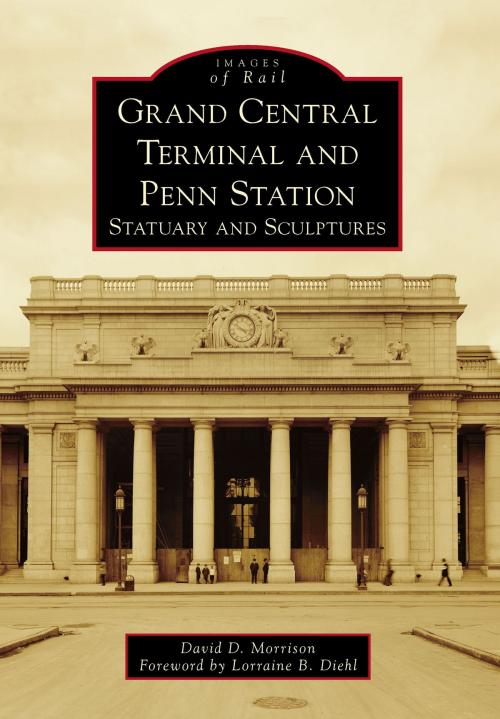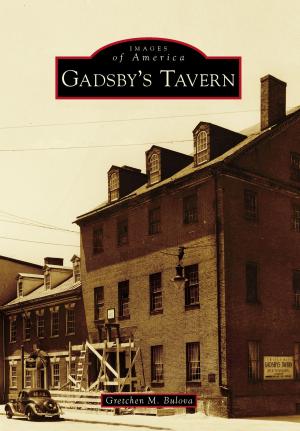Grand Central Terminal and Penn Station
Statuary and Sculptures
Nonfiction, Home & Garden, Crafts & Hobbies, Art Technique, Sculpture, Art & Architecture, General Art| Author: | David D. Morrison | ISBN: | 9781439667415 |
| Publisher: | Arcadia Publishing Inc. | Publication: | July 15, 2019 |
| Imprint: | Arcadia Publishing | Language: | English |
| Author: | David D. Morrison |
| ISBN: | 9781439667415 |
| Publisher: | Arcadia Publishing Inc. |
| Publication: | July 15, 2019 |
| Imprint: | Arcadia Publishing |
| Language: | English |
Opened in 1913, Grand Central Terminal is a world-famous landmark building with a magnificent 48-foot-high, 1,500-ton statuary group on top of the main facade. Designed by sculptor Jules-Felix Coutan, a 13-foot-wide Tiffany clock serves as the centerpiece. The figure above the clock is Mercury, with Hercules to the left and Minerva to the right. In the late 1990s, a historic restoration was performed on the terminal after which two cast-iron eagle statues were placed over entrances at Lexington Avenue and Forty-Second Street/Vanderbilt Avenue. These eagles were from the 1898 Grand Central Station building that was demolished in 1910 to make room for the construction of the new Grand Central Terminal structure. Penn Station, which opened in 1910, covered two full city blocks and had statuary groups, designed by sculptor Adolph Weinman, on all four sides of the building. After Penn Station was demolished in the mid-1960s, the statuary was dispersed throughout various locations, mainly in the Northeast.
Opened in 1913, Grand Central Terminal is a world-famous landmark building with a magnificent 48-foot-high, 1,500-ton statuary group on top of the main facade. Designed by sculptor Jules-Felix Coutan, a 13-foot-wide Tiffany clock serves as the centerpiece. The figure above the clock is Mercury, with Hercules to the left and Minerva to the right. In the late 1990s, a historic restoration was performed on the terminal after which two cast-iron eagle statues were placed over entrances at Lexington Avenue and Forty-Second Street/Vanderbilt Avenue. These eagles were from the 1898 Grand Central Station building that was demolished in 1910 to make room for the construction of the new Grand Central Terminal structure. Penn Station, which opened in 1910, covered two full city blocks and had statuary groups, designed by sculptor Adolph Weinman, on all four sides of the building. After Penn Station was demolished in the mid-1960s, the statuary was dispersed throughout various locations, mainly in the Northeast.















